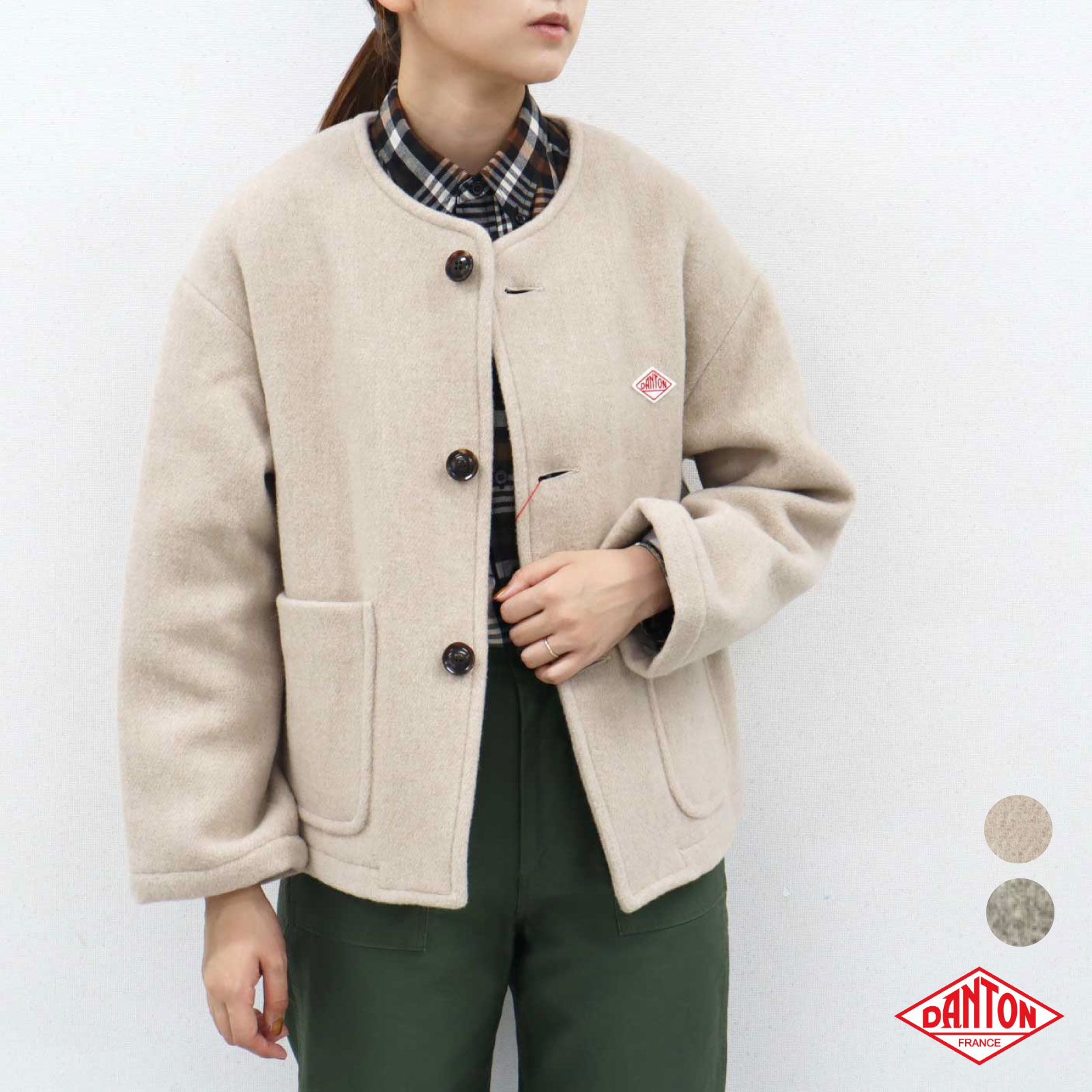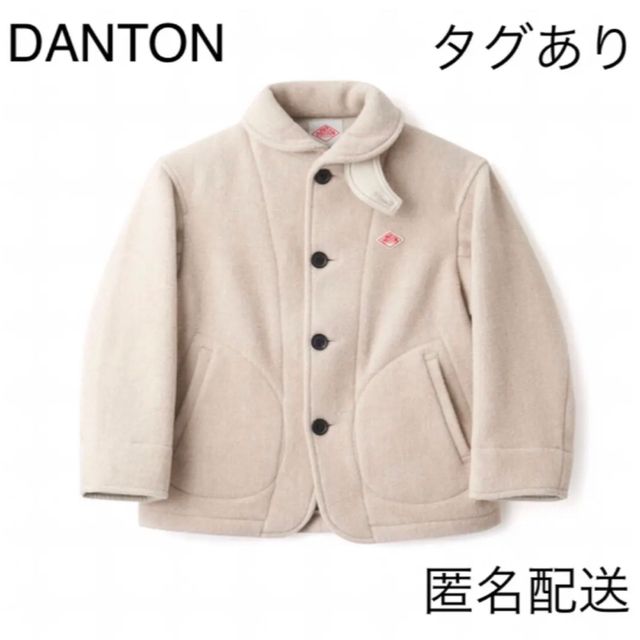
新入荷再入荷
■ダントン DANTON *ウールモッサノーカラーシングルジャケット*38チャコールグレー毛混アウターコート1021【31K12】
 タイムセール
タイムセール
終了まで
00
00
00
999円以上お買上げで送料無料(※)
999円以上お買上げで代引き手数料無料
999円以上お買上げで代引き手数料無料
通販と店舗では販売価格や税表示が異なる場合がございます。また店頭ではすでに品切れの場合もございます。予めご了承ください。
商品詳細情報
| 管理番号 |
新品 :P1634743833000 中古 :P1634743833001 |
メーカー | Mサイズ | 発売日 | 2025-08-04 12:19:10 | 定価 | 8710.00円 | ||
|---|---|---|---|---|---|---|---|---|---|
| カテゴリ | |||||||||




































![★激安&新品★岩崎宏美/ゴールデン☆ベスト デラックス[3CD/57曲]](https://auctions.afimg.jp/m511821272/ya/image/m511821272.1.jpg)






